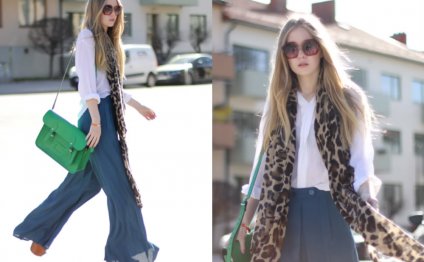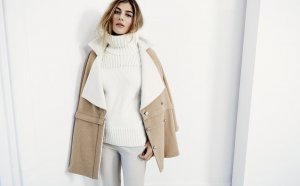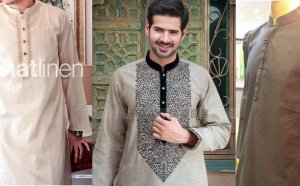
Casual fashion trends
 Look around you, and you'll probably observe a-sea of different clothes. You may see comparable articles of garments — perhaps the exact same ones — worn by each person, but rarely do you realy discover two pairings of tops, bottoms, shoes, and accessories being precisely alike.
Look around you, and you'll probably observe a-sea of different clothes. You may see comparable articles of garments — perhaps the exact same ones — worn by each person, but rarely do you realy discover two pairings of tops, bottoms, shoes, and accessories being precisely alike.
That wasn't constantly the truth, stated Deirdre Clemente, a historian of 20th century American tradition in the University of Nevada, Las Vegas, whoever study centers on manner and garments. Us americans were a lot more formal, and formulaic dressers, not all that long ago. Males wore suits, practically unfalteringly — not just to your workplace, but additionally in school. And ladies, in most cases, wore long dresses.
Deirdre Clemente (Aaron Mayes/UNLV Picture Solutions) Clemente has actually written thoroughly about the development of American wear the 1900s, a period that, she stated, ended up being marked, possibly above all else, by one but effective trend: As every day style broke from tradition, it shed most of its socioeconomic implications — people no longer outfit to feign wide range like they as soon as did — and took on a new meaning.
Clemente has actually written thoroughly about the development of American wear the 1900s, a period that, she stated, ended up being marked, possibly above all else, by one but effective trend: As every day style broke from tradition, it shed most of its socioeconomic implications — people no longer outfit to feign wide range like they as soon as did — and took on a new meaning.
The change features, first and foremost, led toward casualness in the way we dress. It may be seen on university campuses, in classrooms, in which students attend in sweatpants, plus in the workplace, where Silicon Valley busy figures tend to be equipped with hoodies and T-shirts. That change, the alteration in exactly how we dress within America, is brewing since the 1920s, and owes it self to the increase of particular articles of garments. In addition, it underscores important shifts in how we make use of and comprehend the shirts and jeans we put on.
 We talked with Clemente for more information on the beginnings of informal dress, plus the staying power of the trend. The interview is modified for length and quality.
We talked with Clemente for more information on the beginnings of informal dress, plus the staying power of the trend. The interview is modified for length and quality.
Let’s begin by speaking somewhat by what you study. You’re a historian, and also you focus on American tradition as it pertains to style. Is right?
I am a cultural historian. I’m a twentieth century expert, so don’t ask me personally any such thing in regards to the Civil War. And my focus is clothing popular. So I’m a little bit of a company historian, some a historian of advertising and marketing, and a small amount of a historian of gender. When you style of mix all those things collectively, those subsections of record, you receive the thing I study.
So that scene from "The Devil Wears Prada, " whenever Meryl Streep criticizes Anne Hathaway for thinking she'sn’t suffering from fashion, it must resonate with you.
You know, it is simply so real. People state, "Oh well, you know, I don’t love fashion." They go into the Gap, each goes to Old Navy, plus they all dress alike, they wear these uniforms. The matter that i must say i harp on is that, that in and of itself is an option, it's an individual choice, since there are lots of people who don’t do that. In buying those uniforms, you’re saying something about your self, and on how you are feeling about clothes and tradition. There's absolutely no these types of thing as an unaffected manner choice. Anti-fashion is style, as it’s a reaction to the current artistic culture, a negation from it.
RELATED VIDEO



Share this Post
Related posts
Winter Style
WinterStyle.com specializes in premium quality winter months outerwear accessories. Discover the seasons hottest winter months…
Read MoreMens Casual fashion trends
While we all understand that both women and men use casual clothes, it us type of confirmed that guys can do informal style…
Read More










